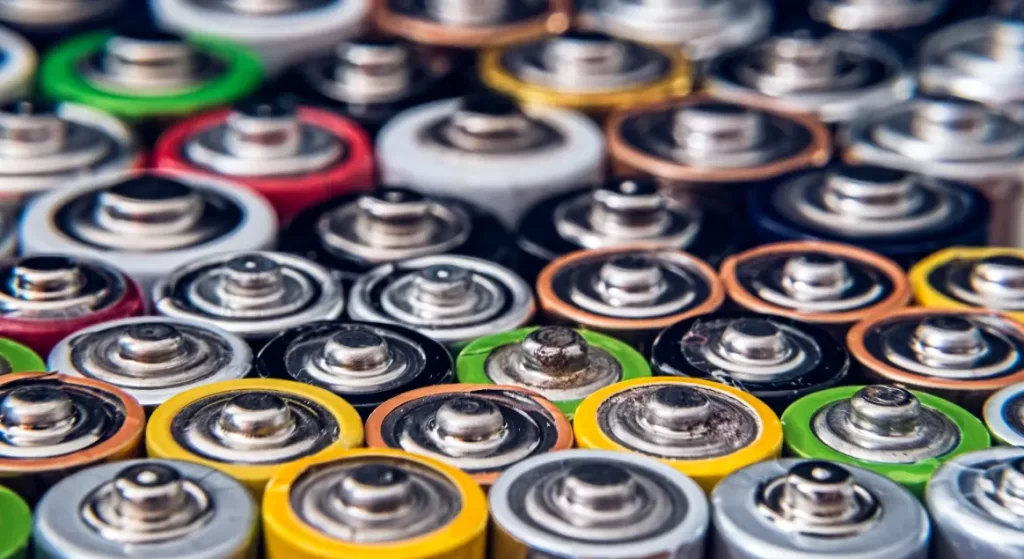
When it comes to harnessing solar energy, choosing the right battery is crucial for maximizing efficiency and reliability. There are several types of batteries commonly used in solar energy systems, each with its own set of advantages and disadvantages. In this article, we will compare some of the most popular battery types—Lead-Acid, Nickel-Cadmium (NiCd), Lithium-Ion (Li-ion), and Lithium Iron Phosphate (LiFePO4)—and highlight why Lithium Iron Phosphate batteries stand out as the best option for solar energy storage.
Lead-Acid Batteries
Advantages:
- Cost-Effective: Lead-acid batteries are generally cheaper upfront compared to other types.
- Mature Technology: They have been around for a long time, making them well-understood and widely available.
Disadvantages:
- Shorter Lifespan: Typically, lead-acid batteries have a shorter cycle life, often lasting between 300 to 500 cycles.
- Maintenance: Regular maintenance is required to keep them functioning optimally.
- Efficiency: Lower depth of discharge (DoD) and overall lower efficiency compared to newer technologies.
Nickel-Cadmium (NiCd) Batteries
Advantages:
- Durability: NiCd batteries are known for their robustness and ability to perform under extreme temperatures.
- Long Life Cycle: They can last for up to 2000 cycles.
Disadvantages:
- Environmental Concerns: Cadmium is toxic, making disposal and recycling problematic.
- Memory Effect: These batteries suffer from memory effect, which can reduce their capacity over time if not properly managed.
- Higher Cost: More expensive than lead-acid batteries.
Lithium-Ion (Li-ion) Batteries
Advantages:
- High Energy Density: Li-ion batteries offer a higher energy density, making them lighter and more compact.
- Longer Lifespan: They typically last between 1000 to 3000 cycles.
- Low Maintenance: Require less maintenance compared to lead-acid batteries.
Disadvantages:
- Cost: Higher initial cost compared to lead-acid and NiCd batteries.
- Thermal Runaway: Risk of overheating and catching fire if not properly managed.
Lithium Iron Phosphate (LiFePO4) Batteries
Advantages:
- Safety: LiFePO4 batteries are inherently safer due to their thermal and chemical stability. They are less prone to overheating and do not catch fire easily.
- Long Lifespan: These batteries can last up to 4000 to 6000 cycles, significantly longer than other types.
- High Efficiency: They offer a high depth of discharge (DoD) of up to 90%, allowing you to use more of the stored energy.
- Eco-Friendly: LiFePO4 batteries are non-toxic and environmentally friendly, making disposal and recycling easier.
- Fast Charging: They can be charged faster than lead-acid and NiCd batteries, making them more convenient for solar applications.
Disadvantages:
- Initial Cost: The upfront cost is higher compared to lead-acid batteries, although the long-term benefits often outweigh this initial expense.
- Weight: Although lighter than lead-acid batteries, they are heavier than traditional lithium-ion batteries.
While each type of battery has its own set of pros and cons, Lithium Iron Phosphate (LiFePO4) batteries emerge as the best choice for solar energy storage. Their unmatched safety, longevity, efficiency, and environmental friendliness make them an excellent investment for anyone looking to maximize the benefits of solar energy. Although they come with a higher initial cost, the long-term savings and performance make LiFePO4 batteries the superior option for solar applications.





